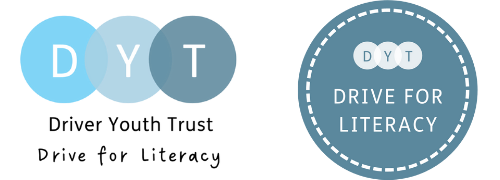One-page profiles: the value of knowing the whole child
28/9/2020
As our learners return to school after up to six months out of the classroom, many teachers will be worried about gaps in their learning. Routines will have become unsettled and there has undoubtedly been an impact on social, emotional and mental health as a result of missing peers, changes to social interaction and the absence of the daily structure that school brings. The trick is to get as accurate a picture as you can of the child’s cognitive, social and mental health as early as possible – one-page profiles can help with this.
A one-page profile is an extremely effective yet easy-to-use tool to bridge the gap between school and home. A brief but detailed holistic overview of an individual learner, it gives you a clearer understanding of how the child learns best, what their interests, hobbies and skills are, and how you can better engage them. It can also give parents and carers a chance to feedback on the child’s behaviour and wellbeing at home, giving you a particularly useful insight of their home learning experience from the last few months.
It can also be used for recording key quantitative data, such as assessment scores and progress over time in key subjects. This enriches our understanding of the learner, clearly outlines their strengths, weaknesses and achievements, and fosters a more comprehensive and personalised approach to support. This also helps cut down on paperwork by keeping key information in one place.
Giving parents a voice
Most learners will have spent a considerable amount of time at home with their parents taking on the role of teacher. Here, a one-page profile also gives the opportunity for parents to contribute their invaluable insight and knowledge. What do they feel is important for their child, and what worked for them in terms of engaging and supporting their child to access learning at home? This input will give you a clearer idea the learner’s starting point as they return to a more formal learning environment. This can also help develop consistency between home and school with adults adopting complementary approaches.
The more we can get an individual and their family to reflect on their wider self, the more likely it is that we will have an effective one-page profile. If we know someone’s wider circumstances, we can start supporting the creation of a one-page profile that genuinely reflects the individual with contributions from key stakeholders.
Literacy difficulties, SEND and independence at a time of transition
The relationship between home and school is even more crucial when supporting learners with additional needs. The one-page profile is a great mechanism for not only amplifying the voice of the learner and their parents, but also in capturing the specific needs of that individual learner. It is a great tool in bringing this information together to create a single overview of the needs of children with literacy difficulties and SEND. Establishing strategies that will help promote attention, self-confidence and independence will be of great use.
If you are teaching the learner for the first time, using a one-page profile to deepen your knowledge of that learner and to have a holistic understanding of how best to support their learning is invaluable. In this scenario, one-page profiles can be built collaboratively involving the learner and their new and old class teachers. These conversations will build rapport and develop trust between you and the learner, which will create a positive and engaging relationship throughout their time with you.
Taking a collaborative approach
In my experience, one-page profiles work best when you take time to gather information from a range of sources and use it to create an insightful and useful overview of the child across environments and settings. This reduces the risk of you missing a critical aspect of their home-life, SEMH needs and general life outside of school.
For example, in one case after taking time to discuss the family dynamics and working arrangements it turned out a learner was a young carer. They would often not have breakfast and would be late as a result of dropping their siblings off at school. The school arranged for a key worker to meet them every morning and for them to have breakfast at school. The learner was more settled when lessons started and was able to focus more because they weren’t hungry and had been able to calm down on arrival to school thanks to their key worker.
If you can get your approach to one-page profiles right, you won’t be guessing the gap so much.
We have an opportunity to better understand what works for each learner and how to support them within the learning environment, and to build positive and mutually beneficial relationships with individuals and their families through our knowledge of their interests and what matters to them. Knowing that staff have positive regard for individuals can help in giving a greater degree of stability at a time when things look so very uncertain.
Try using our simple one-page profile template to better support your class this year – let us know how you get on!
Join our webinar!
Our ‘Know the child, don’t guess the gaps’ webinar further explores how to put together and effectively use one-page profiles. We’re running hour-long sessions in both November and January – spaces are limited and secured on a first come, first served basis. Book now!
